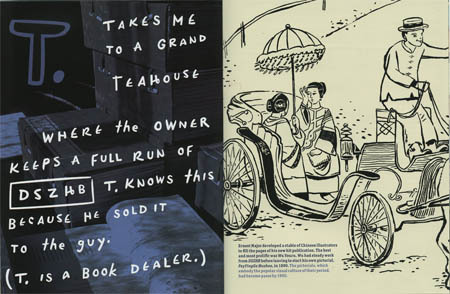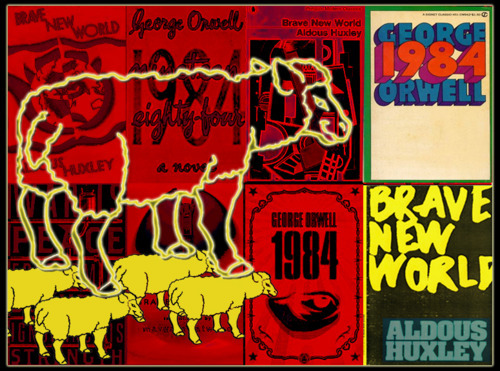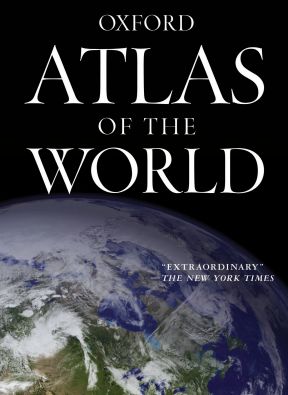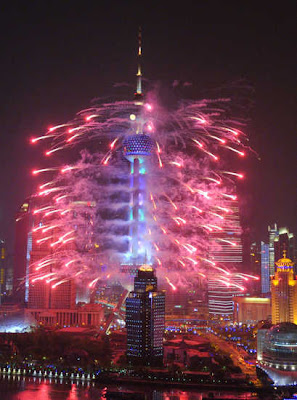The writing is on the wall: China is the world second largest economy and the growth rate has slowed sharply. The wages are rising, so that the fabled army of Chinese cheap labor is now among the most costly in Asian emerging economies. China, in the last thirty years has brought hundreds of millions of people out of poverty, but this miracle would stall unless China can undertake another transformation of becoming an innovation nation.
The post The transition of China into an innovation nation appeared first on OUPblog.
Wine ‘made in China’ has gained increased attention around world in recent years. Splitting my time as I do between Europe and China, I have the opportunity to assess the health and potential of the Chinese market with a good degree of objectivity.
The post Wine ‘made in China’ appeared first on OUPblog.

I just received DB Dowd’s new publication, Spartan Holiday. He calls is a zine; it’s also got the flavour of a short graphic novel, but with more typesetting. Still, it appears to be the first installment of a serial story, like a good old fashioned comic book. If it weren’t printed I’d call it a species of artist’s book. Yet it’s more than that, on account of the text’s serious contribution to current academic discourses in globalization and print culture - and eye-candy. It’s really a verbal-visual response to transnational visual culture by somebody who identifies as an illustrator and who has moved into the study of visual communication itself, and its history.
In this premiere issue Dowd is motivated by the question (one among many), “Were there illustrated newspapers in China? In Japan?”
He means circa 1900, when print media reached its peak in North America, an event that changed everything in the world. Dowd presents what he encountered on a recent trip to Shanghai to find out. His findings to the history question intermingle with his contemporary experience of the city’s east-west mashups of architecture, signage, and popular entertainment. This juicy little number is full of intellectually and visually engaging content and represents an important step forward for Dowd, who has been advancing critical thought in illustration for several years.

Who, we sometimes ask, at the dinners and debates of the intelligentsia, was the 20th century’s more insightful prophet — Aldous Huxley or George Orwell? Each is best known for his dystopian fantasy — Huxley’s Brave New World, Orwell’s 1984 — and both feared where modern technology might lead, for authorities and individuals alike. But while Huxley anticipated a world of empty pleasures and excessive convenience, Orwell predicted ubiquitous surveillance and the eradication of freedom. Who was right? —William Davies, New Statesman, August 1, 2005

Image: Lisa Jane Persky
By Jeffrey Wasserstrom
The long-standing Huxley vs. Orwell debate got a 21st century New Media makeover in 2009, courtesy of cartoonist Stuart McMillen. In May of that year, he published an online comic entitled “Amusing Ourselves to Death” that quickly went viral. At the top of this strip, which has been tweeted and re-tweeted many times and can now be found posted on scores of websites, we see caricatures of the two authors above their names and the respective titles of their best-known novels. Below that comes a series of couplet-like contrastive statements, accompanied by illustrations. The top couplet reads: “What Orwell feared were those who would ban books; What Huxley feared was that there would be no need to ban a book, for there would be no one who would want to read one.” The first statement is paired with a picture of a censorship committee behind a desk, with a one-man “Internet Filter Department” off to one side, a wastebasket for banned books off to the other. The illustration for the second statement shows a family of couch potatoes waiting for The Biggest Loser to return after a word from its sponsors.
McMillen’s “Amusing Ourselves to Death” might best be called an homage, or perhaps a reboot, for the lines in it all come straight from media theorist Neil Postman’s influential 1985 book of the same title, which made the case for Huxley’s famous 1932 novel being a superior guide to the era of television than Orwell’s from 1949. But Postman himself was far from the first to play the Huxley vs. Orwell game. The tradition of comparing and contrasting Huxley and Orwell goes back to, well, Huxley and Orwell, two writers who — though this is not mentioned as often as one might expect — knew one another from Eton, where Orwell was Huxley’s pupil in the 1910s.
Orwell had not yet written 1984 when he first questioned his former teacher’s prescience. In the early 1940s, a reader of his newspaper column solicited Orwell’s opinion of the danger that consumerism and the pursuit of pleasure posed to society. Orwell replied that, in his view, the time to worry about Brave New World scenarios had passed, for hedonism and “vulgar materialism” were no longer the great threat they once had been.
In October 1949, just a few months after Orwell published 1984 (a work that presumably spelled out the more pressing threats he had in mind), Huxley wrote to his former pupil to make the opposite point. Orwell’s book impressed him, he said, but he did not find it completely convincing, because he continued to think, as he had when crafting Brave New Word, that the elites of the future would find “less arduous” strategies for satisfying their “lust for power” than the “boot-on-the-face” technique described in 1984.
Huxley wrote that letter in Britain during a month that began with a momentous event taking place a
 Editor's Note: Ypulse will be taking the rest of the week off for the U.S. Thanksgiving holiday, but we'll be back next week. Happy Thanksgiving!
Shanghai School Musical (Disney brings the hit HSM franchise to the East for the massive Chinese teen... Read the rest of this post
Editor's Note: Ypulse will be taking the rest of the week off for the U.S. Thanksgiving holiday, but we'll be back next week. Happy Thanksgiving!
Shanghai School Musical (Disney brings the hit HSM franchise to the East for the massive Chinese teen... Read the rest of this post
Tai Lake, China
Coordinates: 31 5 N 120 10 E
Approximate area: 930 sq. mi (2,409 sq. km)
As the opening ceremonies of the 2008 Summer Games have crept closer, China has scrambled to prepare Beijing, its capital city, for the fans, families, athletes, trainers, and dignitaries that will attend the Olympics in August. With an urban population topping ten million, dealing with pollution was one of the bigger challenges faced by organizers. But environmental contamination isn’t only a problem for the people living in and around the world’s major metropolises. South of Beijing and west of Shanghai, Tai Lake near the mouth of the Yangtse is one of the country’s largest freshwater bodies. It’s also heavily polluted. Once a scenic basin in a fertile agricultural region, Tai Lake has seen its beauty diminished by unchecked levels of human and industrial waste. Protests have compelled the government to take action, but the algae-choked water remains unfit for consumption.

Ben Keene is the editor of
Oxford Atlas of the World. Check out some of his
previous places of the week.
ShareThis
"HATS"
This week’s theme for Illustration Friday is Hats.
Here is my submission. A quick vector illustration created in Illustrator today. I just started playing in Illustrator and built it up without any real pre-planning or sketches











